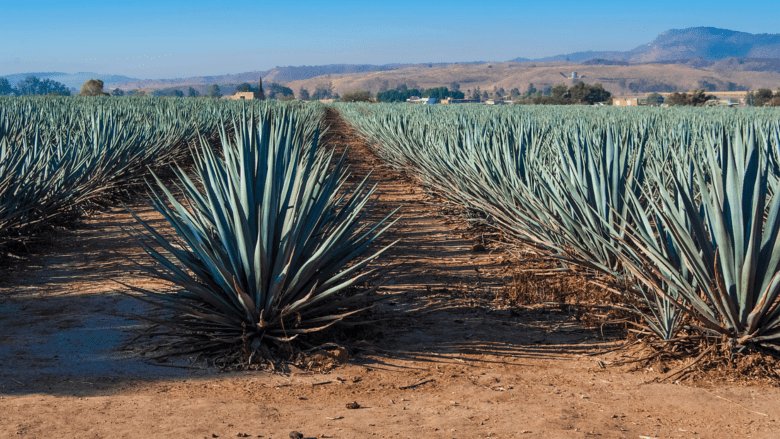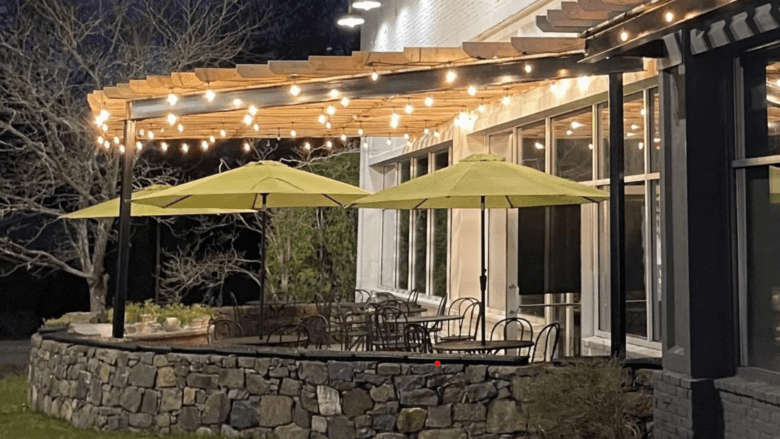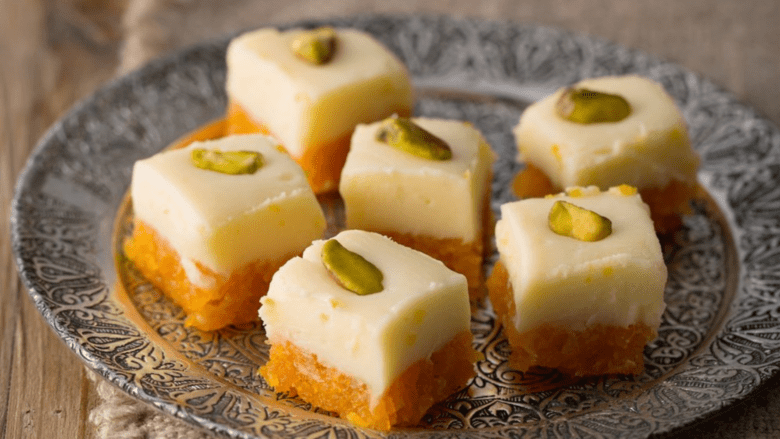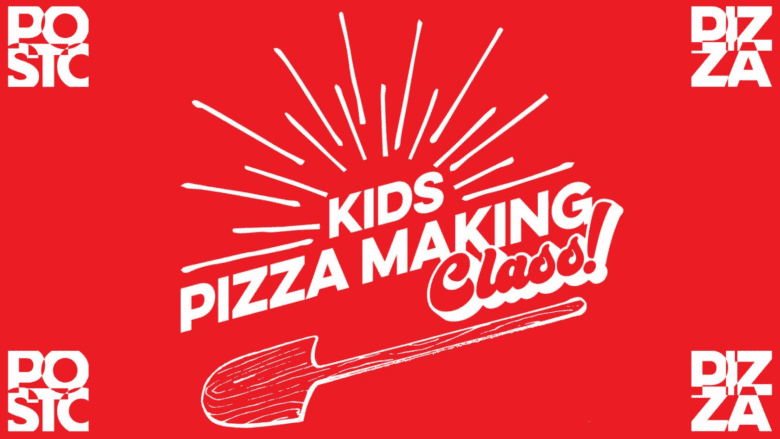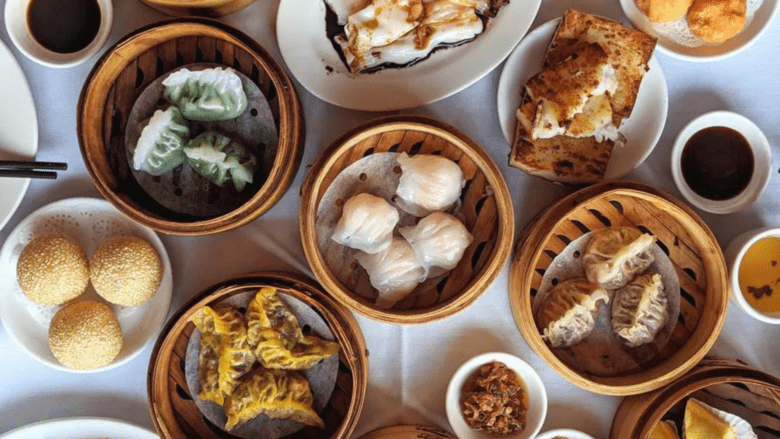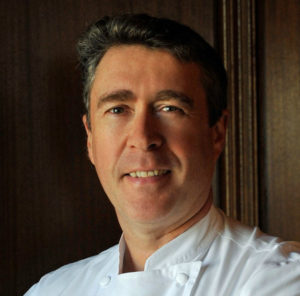 Daniel Bruce has showcased his beverage pairing talent with countless wine dinner menus at Meritage, but the Boston Harbor Hotel chef also puts his palate to good use with spirits-driven offerings at Rowes Wharf Bar. Hard liquor often gets relegated to the pre- or post-meal hours but Bruce and team match cocktails and neat pours course-for-course at dedicated dinners throughout the year. Whether it’s tequila, Scotch or whiskey, Bruce calls on his culinary skills and a well-honed process to show off the pair-able side of booze.
Daniel Bruce has showcased his beverage pairing talent with countless wine dinner menus at Meritage, but the Boston Harbor Hotel chef also puts his palate to good use with spirits-driven offerings at Rowes Wharf Bar. Hard liquor often gets relegated to the pre- or post-meal hours but Bruce and team match cocktails and neat pours course-for-course at dedicated dinners throughout the year. Whether it’s tequila, Scotch or whiskey, Bruce calls on his culinary skills and a well-honed process to show off the pair-able side of booze.
How is pairing food with spirits more or less challenging than pairing with wines?
With spirits, it’s much easier because it’s obvious which is going to be first course, for example, because the intensity builds and the depth of the spirit changes. Spirits of high quality and price are sort of tied closely together, whereas with wine that’s not always the case.
How do spirit flavor profiles differ from wines?
Spirits in general are much stronger than wine, so my dishes tend to be a lot more assertive. There’s no wine I can think of that has the smokiness or the peatiness of Scotch. Wines are so subtle. If you’ve ever tasted wine with someone, you might be like, “Wow, I taste this, but I can’t quite nail it.” If you’re having bourbon you’re like, “I smell orange peel, I smell Madagascar vanilla beans.” It’s just so in your face.
Your first step is tasting the beverages. How does that guide the menu?
‘Taste first’ makes a huge difference. I think inherently as chefs we should have an elevated palate. I write tasting notes, everything from balance to finish to mid-palate, always in food notes. I write a description or an adjective that describes the food correlation, a flavor profile that tastes to me like food. Someone might write “perfume-y”, I would write “jasmine” because that’s an ingredient I can use and that’s what I tasted.
What’s your process for constructing the dishes?
Just as I do with all beverages, I use a combination of three approaches to matching. One is parallel flavor combinations, which means if I taste vanilla in a bourbon, I use vanilla in the dish. I have to make decisions based on what level of that flavor because if I put too much in my food then you won’t taste it in the beverage. The best comparison is if you had a sweet strawberry but had a spoonful of sugar right before it. With the strawberry, you lose all that sugar because your palate can’t adjust quickly enough.
What are the other ways you build a menu?
Contrasting is very simple, salt and sweet, sour and bitter. I’m looking for contrasting flavors, like in Italian dishes where they use agro dolce, there’s always that sort of opposites combining to make something taste good. Then my third one is compatible. That means that as a chef I know that basil and tomatoes really go well together. But what is the relationship really? Not much when you think about it, but they really work well together. Or chocolate and orange, you know, those types of things that with any type of experience you start to develop all these sorts of compatible flavor profiles.
So you want to balance glass and plate.
It is all about balance at the end but there’s a distinct approach I take to get there. So I taste the spirit, I write down all these ingredients and I use those three approaches to build the dish that honors or highlights the flavors in the beverage that I’m serving. I do about 160 wine dinners a year and then I do beverage or spirit pairings at least once a month for a long time. So you can’t be consistent at it unless you have a disciplined approach.








